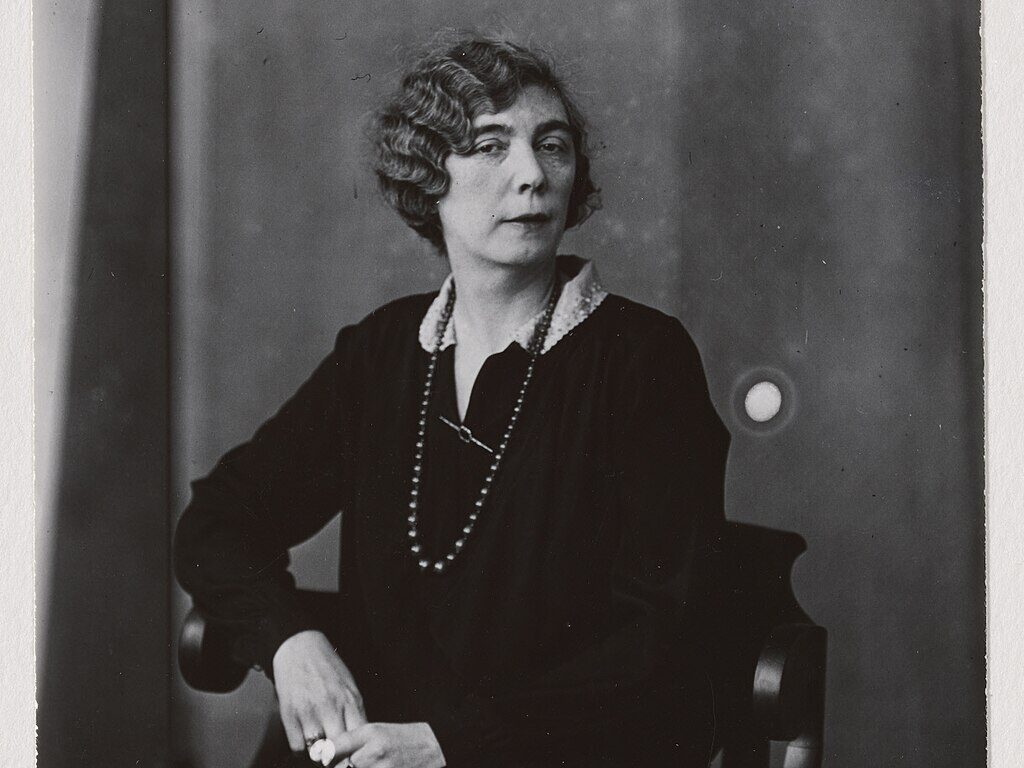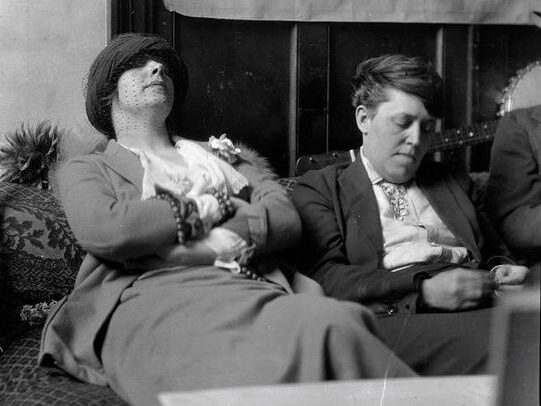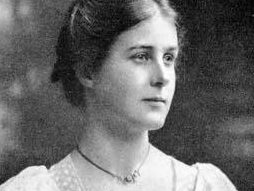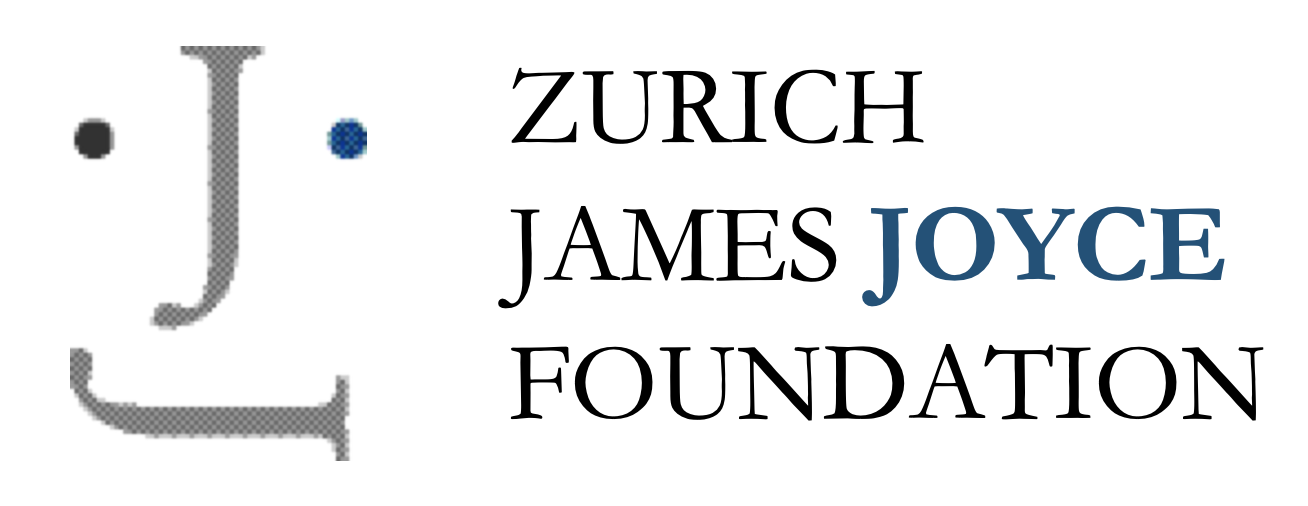James Joyce’s career illustrates that the stereotype of the ‘solitary genius’ is just that: a massively oversimplified view of the process of artistic creation.
Patronage and Modernist Networks
Some of the men who influenced Joyce’s career in important ways were the poets W. B. Yeats and, even more crucially, Ezra Pound. Together with Pound, Yeats was instrumental, for example, in securing a British government stipend for Joyce in 1915, during one of the latter’s stays in Zurich. Pound, on his part, helped Joyce find magazines that were willing to serialize two of his works: A Portrait of the Artist as a Young Man in the London-based journal The Egoist, and Ulysses in The Little Review, which was published in New York City.
Crucially, however, both of these journals were publishing venues founded, financed, and edited by women. The Egoist had been founded by Dora Marsden – and Harriet Shaw Weaver was not only the journal’s main financial backer, but would also go on to become Joyce’s most important patron. The Little Review, meanwhile, was the joint project of Margaret Anderson and Jane Heap, who were among the many lesbians who made essential contributions to modernist culture.
Women as Publishers – and Joyce’s Attitudes Toward Women
It was, however, not only as publishers of journals that women contributed to Joyce’s career. Most crucially, Sylvia Beach – an American who owned the English-language bookstore Shakespeare & Company in Paris – offered to publish Ulysses for Joyce, at a time when the book could not be published anywhere in the Anglophone world due to a 1921 obscenity trial that had forced Margaret Anderson and Jane Heap to cease the serial publication of Joyce’s novel.
While the importance of women for Joyce’s career is beyond dispute, his views as reflected in his life and works are more controversial. On the one hand, Joyce’s fictional women transcended the conventional binary of the pure ‘Angel in the House’ who was pitched against the wayward, sexually fallen woman; Molly Bloom, for example, is not only a psychologically complex character, but also gets the final word in Ulysses, in the famous Penelope chapter that ends Joyce’s novel. On the other hand, Joyce’s treatment of real-life women like Marthe Fleischmann or his depiction of some female characters (e.g. the unnamed young woman desired by the narrator of Giacomo Joyce) can certainly be considered misogynist.
These latter, problematic facets makes it even more essential to acknowledge that, without his life-long partner Nora Barnacle and countless other women, James Joyce would not have become the modernist icon that he is today.
Further Information & Ressources



Further Reading: Baggett, Holly A. Making No Compromise: Margaret Anderson, Jane Heap, and The Little Review. Northern Illinois University Press, 2023.|Camboni, Marina, ed. Networking Women: Subjects, Places, Links Europe–America: Towards a Re-Writing of Cultural History, 1890–1930. Edizioni di storia e letteratura, 2004.|Fitch, Noel R. Sylvia Beach and the Lost Generation A History of Literary Paris in the Twenties and Thirties. W. W. Norton, 1985.|Frehner, Ruth and Ursula Zeller, eds. “Your Friend If Ever You Had One”: The Letters of Sylvia Beach to James Joyce. Brill, 2021.|Garner, Les. A Brave and Beautiful Spirit: Dora Marsden, 1882–1960. University of Michigan, 1990.|Souhami, Diana. No Modernism without Lesbians. Head of Zeus, 2020.|Lidderdale, Jane and Mary Nicholson. Dear Miss Weaver: Harriet Shaw Weaver 1876–1961. Viking, 1971.
